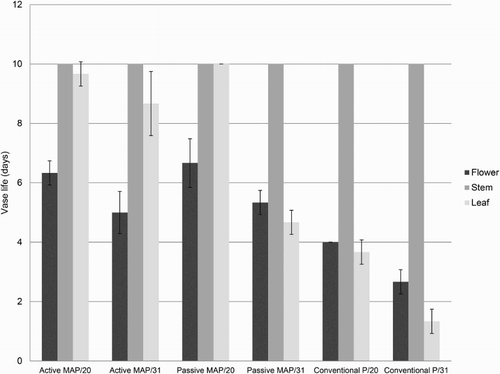Figures & data
Table 1. Identification of the eight tulip cultivars evaluated during postharvest.
Table 2. Details of the treatments performed using active and passive MAP to store tulip flowers at 0°C for 20 and 31 days.
Figure 1. Graphic description of the evaluations performed on tulip flowers, leaves and stems during vase life.
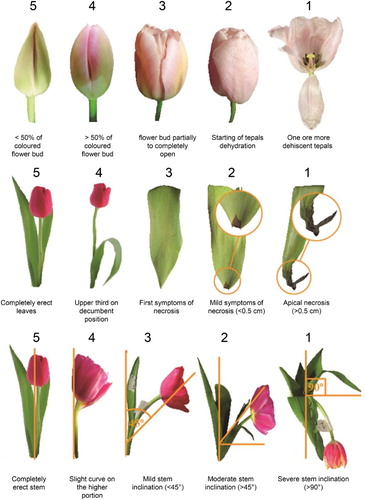
Figure 2. (A), Respiration rate and (B), ethylene production evaluated on 3 replicates of 10 tulip flowers each (composed by a mixture of 8 cultivars) (± SE, n = 3) stored at 0°C for 31 days using a cellulose film (cellophane™) for packaging (conventional packaging).
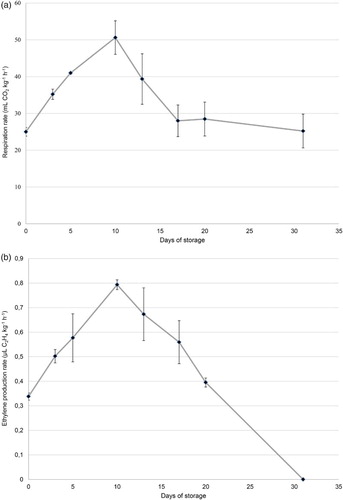
Figure 3. Percentage of (A), O2 and (B), CO2 (± SE, n = 3) detected inside active and passive modified atmosphere packaging applied to 3 replicates of 10 tulip flowers each (composed by a mixture of 8 cultivars) stored at 0°C for 20 and 31 days.
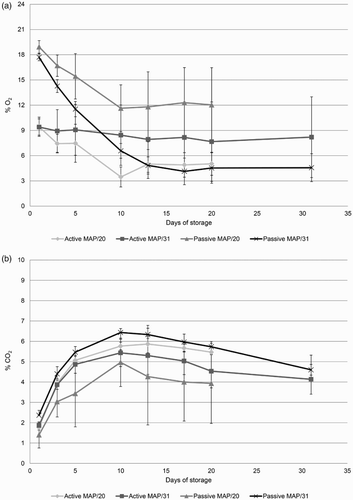
Figure 4. Percentage of fresh weight loss (% FWL) (± SE, n = 3) evaluated at the end of the storage of 3 replicates of 10 tulip flowers each (composed by a mixture of 8 cultivars) submitted to active and passive modified atmosphere packaging (MAP) and cellulose film (cellophane™) packaging (Conventional P) for 20 and 31 days.
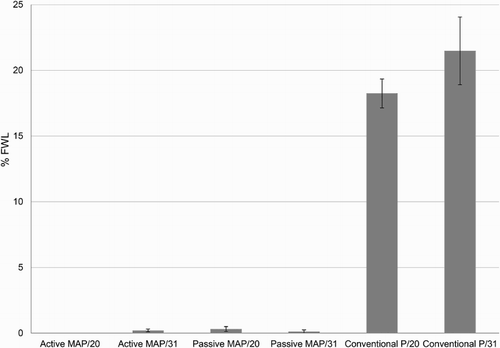
Figure 5. Pictures of the evolution of the vase life of 3 replicates of 10 tulip flowers each (composed by a mixture of 8 cultivars) after storage at 0°C for 20 and 31 days using active and passive modified atmosphere packaging (MAP) and cellulose film (conventional).

Figure 6. Vase life observed on 3 replicates of 10 tulip flowers, stems and leaves (composed by a mixture of 8 cultivars) (± SE, n = 3) after storage at 0°C using active and passive modified atmosphere packaging (MAP) and cellulose film (cellophane™) packaging (Conventional P) for 20 and 31 days.
